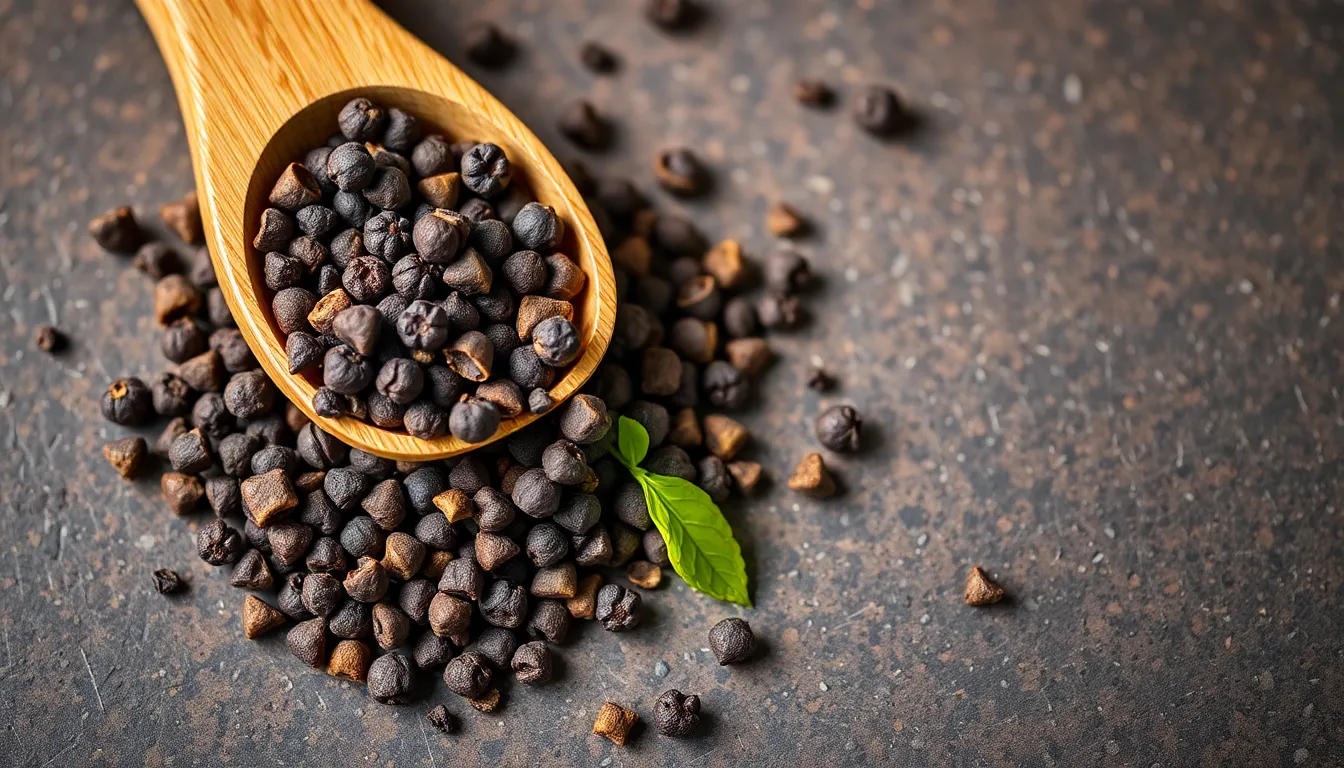Baking with Seasonal Greens: Savory Recipes to Try
Seasonal greens are a delightful way to infuse your baked goods with flavor, nutrition, and a touch of nature’s bounty. As the seasons change, so too does the array of fresh greens available, each offering its unique taste and health benefits. In this blog post, we’ll explore the wonders of baking with seasonal greens, how to integrate them into various recipes, and tips for making the most of these vibrant ingredients.
Incorporating seasonal greens into your diet not only enhances the taste of your foods but also provides essential nutrients that are often lacking in a typical diet. Fresh greens are packed with vitamins, minerals, and antioxidants that contribute to overall health. You’ll discover how easy it is to include these greens in savory baked goods, adding both flavor and nutrition.
This article will cover:
- Understanding seasonal greens and their benefits
- Savory baking techniques for incorporating greens
- A selection of delicious recipes featuring seasonal greens
- Tips for storing and using leftover greens
- Additional resources for further exploration
Section 1: Understanding Seasonal Greens
Seasonal greens refer to leafy vegetables that are harvested during specific times of the year, ensuring that they are at their peak freshness and flavor. These greens not only taste better when in season, but they also have higher nutritional content, making them a healthier choice for your meals.
Choosing in-season produce is important for several reasons:
- Better Flavor: In-season greens are harvested at their peak ripeness, resulting in superior taste.
- Nutritional Value: Fresh greens are packed with vitamins and minerals that may diminish over time.
- Environmental Impact: Eating seasonally reduces the carbon footprint associated with transporting produce over long distances.
| Green Name | Season | Nutritional Benefits | Best Uses |
|---|---|---|---|
| Spinach | Spring | High in iron, vitamins A & C | Quiches, breads |
| Kale | Winter | Rich in vitamins K & C, antioxidants | Savory muffins, tarts |
| Swiss Chard | Summer | High in magnesium & vitamins A, K | Pies, flatbreads |
| Arugula | Fall | Contains calcium, vitamins A & K | Savory scones, focaccia |
Section 2: Savory Baking Techniques
When it comes to baking with greens, a few techniques can help you incorporate them into your dishes effectively:
- Incorporating Greens into Doughs and Batters: Finely chop or puree greens before mixing them into doughs and batters. This ensures even distribution and allows the flavors to meld seamlessly.
- Preserving Texture and Flavor: Sauté greens lightly before adding them to baked goods. This can help preserve their flavor and reduce moisture content, preventing your baked goods from becoming soggy.
- Preparing Greens: Before using greens in baking, make sure to wash them thoroughly to remove any dirt or grit. Remove tough stems and chop the leaves into bite-sized pieces. For some greens, like kale, sautéing can enhance their flavor.
Section 3: Savory Recipes Featuring Seasonal Greens
Recipe 1: Spinach and Feta Puff Pastry
Ingredients:
- 1 sheet of puff pastry
- 2 cups fresh spinach, chopped
- 1 cup feta cheese, crumbled
- 1 egg (for egg wash)
- Salt and pepper to taste
Instructions:
- Preheat the oven to 400°F (200°C).
- Roll out the puff pastry on a floured surface and cut it into squares.
- In a bowl, mix spinach, feta, salt, and pepper.
- Place a spoonful of the mixture in the center of each pastry square.
- Fold the pastry over to create a triangle and seal the edges.
- Brush the tops with beaten egg.
- Bake for 15-20 minutes until golden brown.
Suggested Variations: Substitute spinach with Swiss chard or kale for a different flavor profile.
Recipe 2: Kale and Cheese Savory Muffins
Ingredients:
- 1 cup chopped kale, stems removed
- 1 cup all-purpose flour
- 1 tsp baking powder
- 1/2 cup grated cheese (cheddar or mozzarella)
- 2 eggs
- 1/2 cup milk
- Salt and pepper to taste
Instructions:
- Preheat the oven to 375°F (190°C) and grease a muffin tin.
- In a large bowl, combine flour, baking powder, salt, and pepper.
- In another bowl, whisk together eggs and milk. Stir in chopped kale and cheese.
- Combine the wet and dry ingredients until just mixed.
- Fill muffin cups and bake for 20-25 minutes.
Pairing Suggestions: These muffins are perfect for breakfast or as a snack with a side of yogurt.
Recipe 3: Swiss Chard and Ricotta Galette
Ingredients:
- 1 pie crust (store-bought or homemade)
- 2 cups Swiss chard, chopped
- 1 cup ricotta cheese
- 1/2 cup grated Parmesan cheese
- 1 egg (for egg wash)
- Salt, pepper, and nutmeg to taste
Instructions:
- Preheat the oven to 375°F (190°C).
- Roll out the pie crust on a baking sheet.
- In a skillet, sauté Swiss chard until wilted. Allow to cool slightly, then mix with ricotta, Parmesan, salt, pepper, and nutmeg.
- Spread the filling in the center of the pie crust, leaving a border.
- Fold the edges of the crust over the filling and brush with beaten egg.
- Bake for 30-35 minutes until the crust is golden brown.
Tips for Customizing: Feel free to add herbs or spices to the filling for an extra flavor boost. Try adding sun-dried tomatoes or olives for a Mediterranean twist.
Recipe 4: Arugula and Goat Cheese Flatbread
Ingredients:
- 1 flatbread or pizza dough
- 2 cups arugula
- 1/2 cup goat cheese, crumbled
- 1/4 cup olive oil
- Salt and pepper to taste
Instructions:
- Preheat your oven to 450°F (230°C).
- Roll out the flatbread or pizza dough on a baking sheet.
- Brush the surface with olive oil and sprinkle with salt and pepper.
- Evenly distribute arugula and crumbled goat cheese over the dough.
- Bake for 12-15 minutes or until the edges are golden and crispy.
Ideas for Garnishing and Serving: Drizzle with balsamic glaze or top with roasted cherry tomatoes to elevate the dish.
Section 4: Storing and Preparing Leftover Greens
Proper storage of leftover greens is crucial to maintain their freshness and nutritional value. Here are some tips:
- Refrigeration: Place leftover greens in an airtight container or a resealable bag with a paper towel to absorb moisture. Store in the crisper drawer of the refrigerator.
- Freezing: For long-term storage, blanch greens in boiling water for a few minutes, cool in ice water, and then freeze in airtight bags.
When it comes to using leftover greens in future baking projects, consider:
- Adding them to soups or stews for an extra nutritional boost.
- Mixing into scrambled eggs or omelets for a quick breakfast.
- Incorporating them into any of the above recipes for added flavor and health benefits.
Section 5: Conclusion
Baking with seasonal greens not only enhances the flavor of your baked goods but also offers a plethora of health benefits. By experimenting with different greens, you can create a wide variety of savory treats that are both delicious and nutritious. Don’t hesitate to try new combinations and techniques in your kitchen!
If you have your own recipes or experiences using seasonal greens in baking, I encourage you to share them in the comments below. Let’s inspire each other to make the most of these vibrant ingredients!
Section 6: Additional Resources
For those looking to dive deeper into the world of healthy baking, consider exploring the following resources:
- Food Network – Offers a plethora of recipes and techniques.
- Epicurious – Great source for seasonal recipes and culinary inspiration.
- Cookbooks on Healthy Baking – Look for books focusing on seasonal cooking and healthy ingredients.
Call-to-Action
Have you tried baking with seasonal greens? What are your favorite recipes? Please leave a comment below with your thoughts, experiences, or questions! And if you’d like more seasonal cooking inspiration, consider subscribing to our blog for the latest updates.




